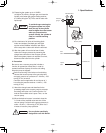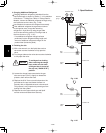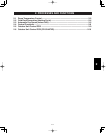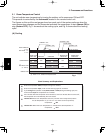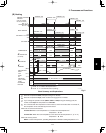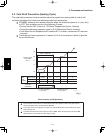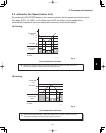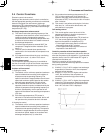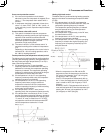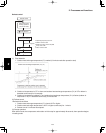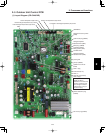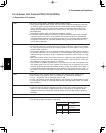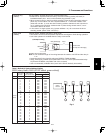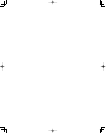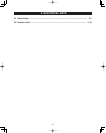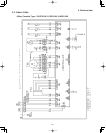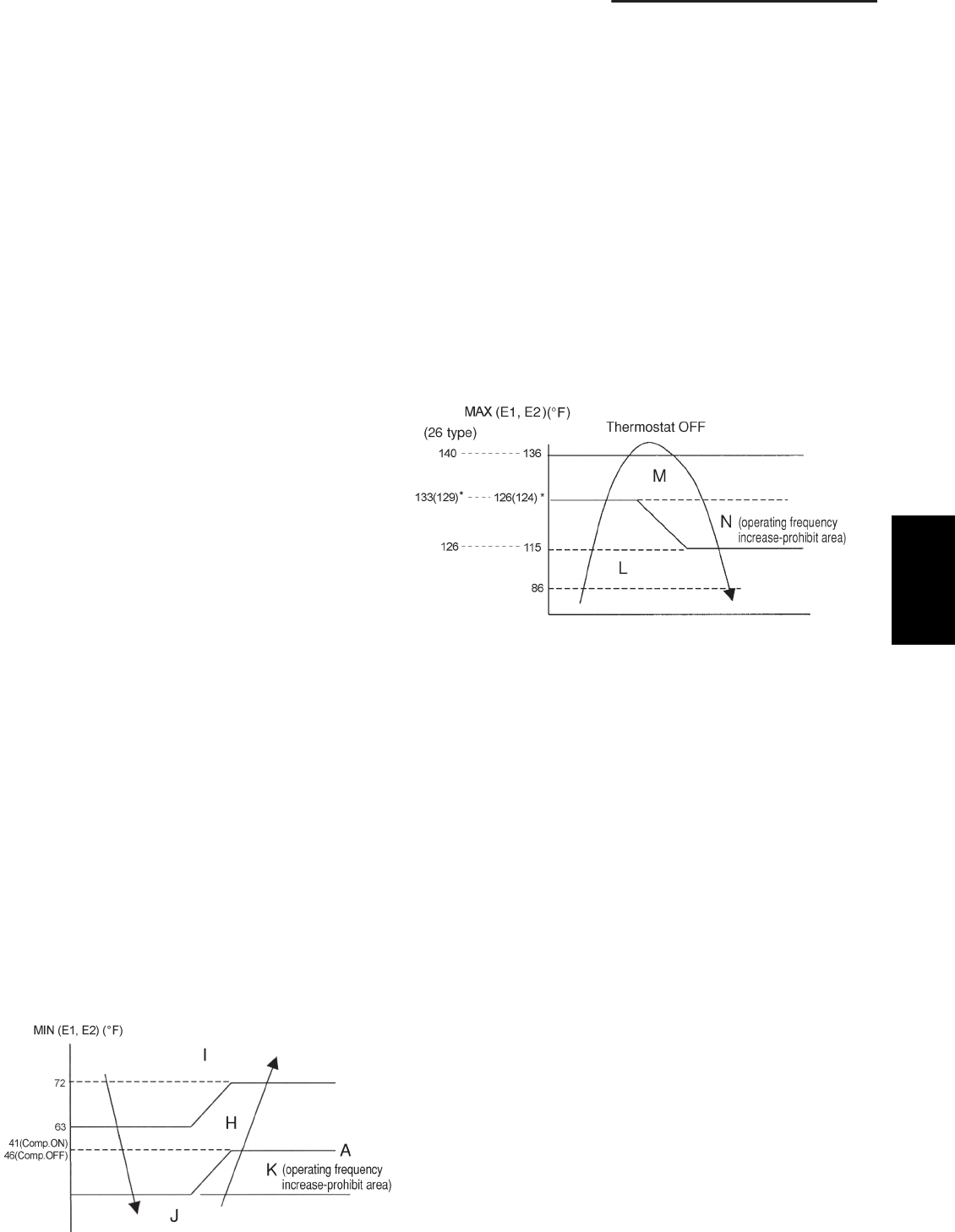
2-7
2. Processes and functions
36
(36, 48 types)
Overcurrent protection control
(1) If the overcurrent protection circuit detects
abnormal current, the compressor is stopped. (Error
count = 1.) The compressor then restarts after 3
minutes.
(2) If compressor start/stop is repeated 4 times (error
count = 4), alarm "P26", "P29" or "H01" (count = 2
in this case only) occurs. Operation stops and does
not restart.
Current release value shift control
(1) This control is intended to improve compressor
reliability by preventing continuous high-frequency
operation under overload conditions when the
outdoor air temperature is high, and by preventing
intermittent operation through "control for
prevention of high cooling loads".
(2) The control value for "current release control" is
corrected according to the outdoor air temperature
(TO).
Depending on the temperature, the control value is
lowered to 50 – 90% for cooling operation, and to
60 – 98% for heating operation.
Freeze prevention (low-temperature release) control
The below control is performed during cooling operation
(including dehumidifying operation), using whichever of
the indoor heat exchanger temperatures (E1 or E2) is
lower. (See the figure below.)
(1) If a temperature in the "J" area (operating
frequency reduction and thermostat OFF area) is
detected for 6 minutes, the compressor operating
frequency is reduced. The compressor operating
frequency is reduced every 30 seconds as long as
the temperature remains within this area.
(2) If the temperature is in the "K" area (operating
frequency increase-prohibit area), the compressor
operating frequency is maintained.
(3) If the temperature is in the "H" area (operating
frequency control area), and the outdoor air
temperature is less than 90°F, the compressor
maximum operating frequency is limited according
to the indoor unit fan speed.
(4) If the temperature is in the "I" area (normal
operating area), the compressors operate normally.
(5) If the temperature is continuously in the "J" area
and the compressor operating frequency reaches 0,
then temperature A (temperature for changing from
"J" area to "H" area) is raised from 41°F to 46°F,
and operation continues with the thermostat OFF
until the temperature reaches the "H" area.
Heating high-load control
The below control is performed during heating operation,
based on the indoor heat exchanger temperature MAX
(E1,E2).
(1) If the temperature is in the "M" area (operating
frequency reduction and thermostat OFF area), the
compressor operating frequency is reduced.
The compressor operating frequency is reduced
every 30 seconds as long as the temperature
remains within this area.
(2) If the temperature is continuously in the "M" area,
the thermostat turns OFF.
(3) If the temperature is in the "N" area, operating
frequency increases are prohibited.
(4) If the temperature is in the "L" area, the operating
frequency is raised to the original frequency (the
frequency prior to frequency reduction) by 6 Hz
every 60 seconds.
* When the compressor turns ON and the E2
temperature rises, the temperature at which the
"M" area is first entered is 124°F (36, 42 types)
or higher than 129°F (26 type).
If the E1, E2 temperature subsequently falls to
the "L" area, the temperature for entering the "M"
area is raised to 126°F (36, 42 types) or 133°F
(26 type).
However if the E1, E2 temperature falls to the "L"
area and falls below 86°F, then the temperature for
entering the "M" area is changed back to 124°F
(36, 42 types) or 129°F (26 type).
2



